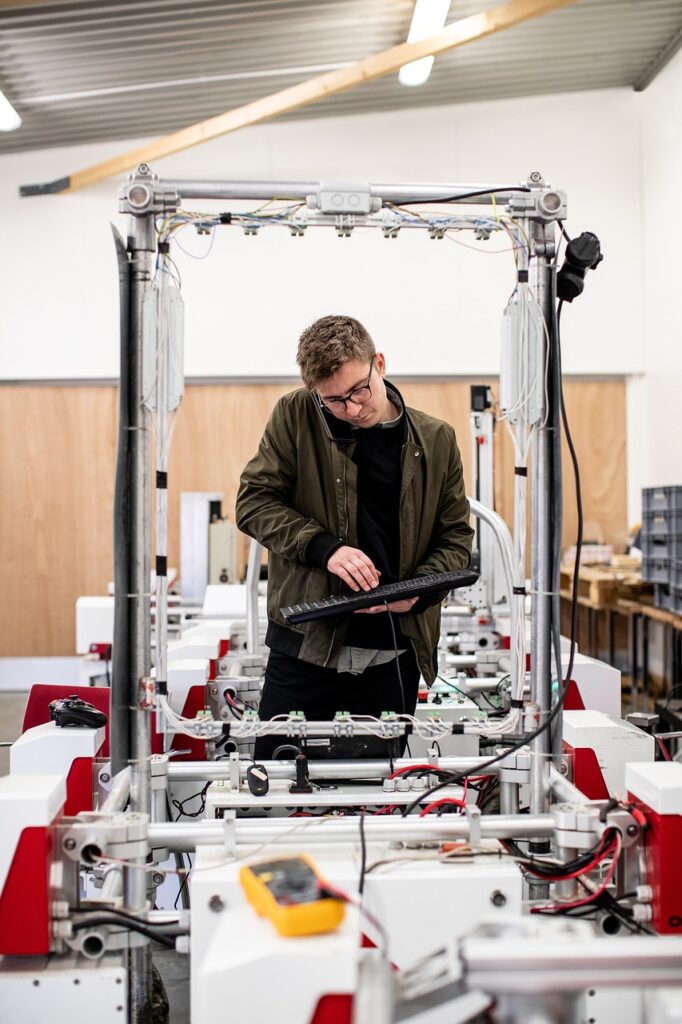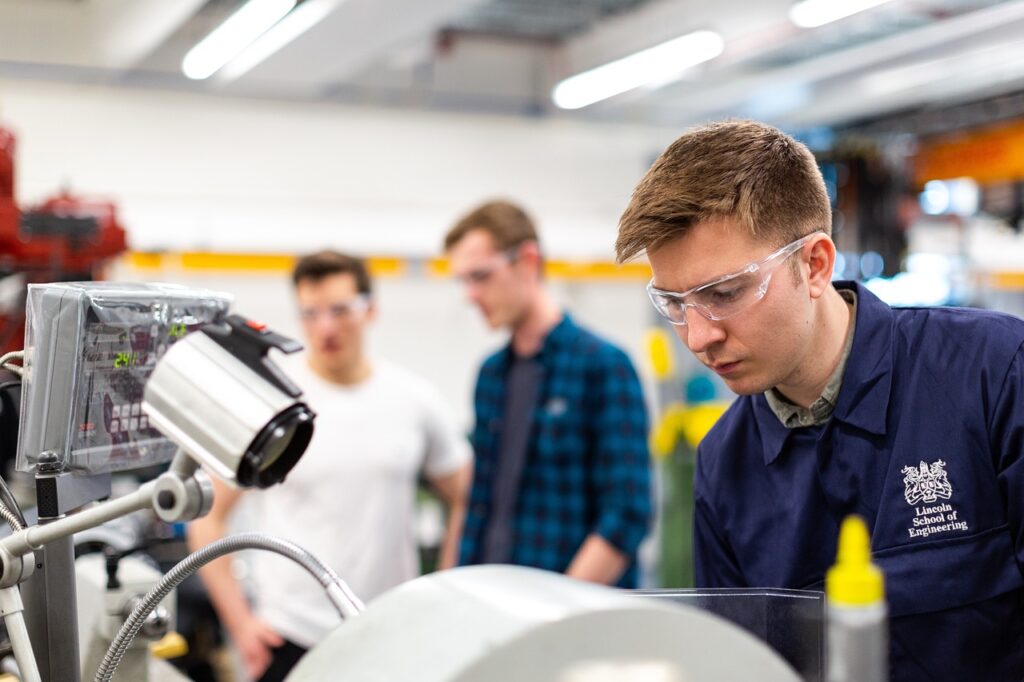How Can You Get Started with Mechanical Artwork Techniques?
Are you looking to explore the world of mechanical artwork techniques but don’t know where to start? This beginner’s handbook will guide you through the basics and help you kickstart your journey in the world of mechanical art.

Understanding Mechanical Artwork: What Is It?
Mechanical artwork involves creating intricate designs using mechanical elements such as gears, pulleys, and levers. This type of artwork is often associated with steampunk aesthetics and can range from simple sculptures to complex kinetic installations.
The Essential Tools You Need to Get Started
Before you dive into the world of mechanical artwork, you’ll need to gather some essential tools. Here are a few basic tools that every beginner should have in their toolkit:
| Tool | Description |
|---|---|
| Pliers | Useful for bending and shaping metal |
| Wire Cutters | Essential for cutting wires and cables |
| Screwdriver Set | For assembling and disassembling parts |
| Mini Drill | Perfect for drilling small holes |
Having these tools on hand will make it easier for you to tackle your first mechanical art project.
Popular Techniques in Mechanical Artwork
There are several techniques that are commonly used in mechanical artwork. Here are a few popular ones that you can try out as a beginner:
Gear Assembly
Gear assembly involves arranging gears of different sizes and shapes to create movement in your artwork. This technique is essential for creating kinetic sculptures that move in a controlled and predictable manner.
Pulley Systems
Pulley systems use wheels and ropes to transmit motion and force. This technique is often used to create dynamic and interactive mechanical art installations that engage the viewer.
Cam Mechanisms
Cam mechanisms use cams (oval or irregularly shaped disks) to create reciprocal or oscillating motion in your artwork. This technique is great for adding lifelike movements to your creations.
Linkages
Linkages are interconnected mechanical components that transmit motion and force. By experimenting with different linkage designs, you can create complex and dynamic mechanical structures.
Tips for Beginners in Mechanical Artwork
As a beginner in the world of mechanical artwork, it’s important to keep a few things in mind to make your journey smoother and more enjoyable. Here are some tips to help you get started:
Start Small
It’s easy to get overwhelmed by the complexity of mechanical artwork, so start small with simple projects to build your skills and confidence.
Experiment and Learn
Don’t be afraid to experiment with different techniques and materials to discover what works best for you. Learning from your mistakes is all part of the creative process.
Seek Inspiration
Look for inspiration in the work of other mechanical artists and designers. Studying their techniques and designs can help you develop your own unique style.
Join a Community
Joining a community of fellow mechanical artists can provide you with valuable support, feedback, and advice as you navigate your artistic journey.

Common Mistakes to Avoid in Mechanical Artwork
Even experienced artists can make mistakes when working with mechanical elements. Here are some common pitfalls to avoid as a beginner:
Misaligned Gears
One of the most common mistakes in gear assembly is misaligning the gears, which can disrupt the movement of your artwork. Take your time to ensure that each gear is properly placed.
Weak Connections
Weak connections between mechanical components can cause your artwork to fail. Make sure to use sturdy and reliable materials to ensure the durability of your creations.
Overcomplicating Designs
While it’s tempting to create intricate and complex artworks, overcomplicating your designs can lead to frustration and confusion. Keep your designs simple and elegant to convey your artistic vision effectively.
How to Troubleshoot Common Issues in Mechanical Artwork
Facing issues with your mechanical artwork is inevitable, but knowing how to troubleshoot them can save you time and frustration. Here are a few common issues and how to fix them:
Stuck Gears
If your gears are getting stuck, check for any debris or dust that may be preventing them from moving smoothly. Cleaning and lubricating the gears can help resolve this issue.
Loose Connections
If you notice any loose connections in your artwork, tighten the screws or fasteners to secure the components in place. Reinforcing weak connections can prevent your artwork from falling apart.
Inconsistent Movement
Inconsistent movement in your artwork may be due to improper assembly or misalignment of mechanical components. Double-check your assembly and make any necessary adjustments to ensure smooth motion.

Recommended Resources for Beginner Mechanical Artists
As you continue to explore the world of mechanical artwork, it can be helpful to have access to additional resources to enhance your skills and knowledge. Here are a few resources that are recommended for beginner mechanical artists:
Online Forums and Communities
Joining online forums and communities dedicated to mechanical art can connect you with other artists, provide inspiration, and offer valuable tips and advice.
Workshops and Classes
Attending workshops and classes focused on mechanical artwork techniques can help you learn from experienced artists, gain hands-on experience, and expand your creative horizons.
Books and Publications
Reading books and publications on mechanical art can provide you with in-depth knowledge, inspiration, and new ideas for your artwork. Look for titles that cover a range of techniques and styles to broaden your understanding of the craft.
Final Thoughts
Embarking on your journey as a beginner in mechanical artwork techniques can be both exciting and challenging. By equipping yourself with the right tools, techniques, and resources, you can develop your skills and create captivating mechanical art pieces that showcase your unique creativity. Remember to stay curious, keep exploring new ideas, and most importantly, have fun with your artistic endeavors. Happy creating!

